Jin: The Art of Creating Weathered Deadwood on Bonsai Trees
Have you ever wondered how bonsai masters make their tiny trees look like they’ve survived centuries of harsh wilderness? Let me introduce you to jin – the magical technique that transforms ordinary branches into stunning, weathered masterpieces.
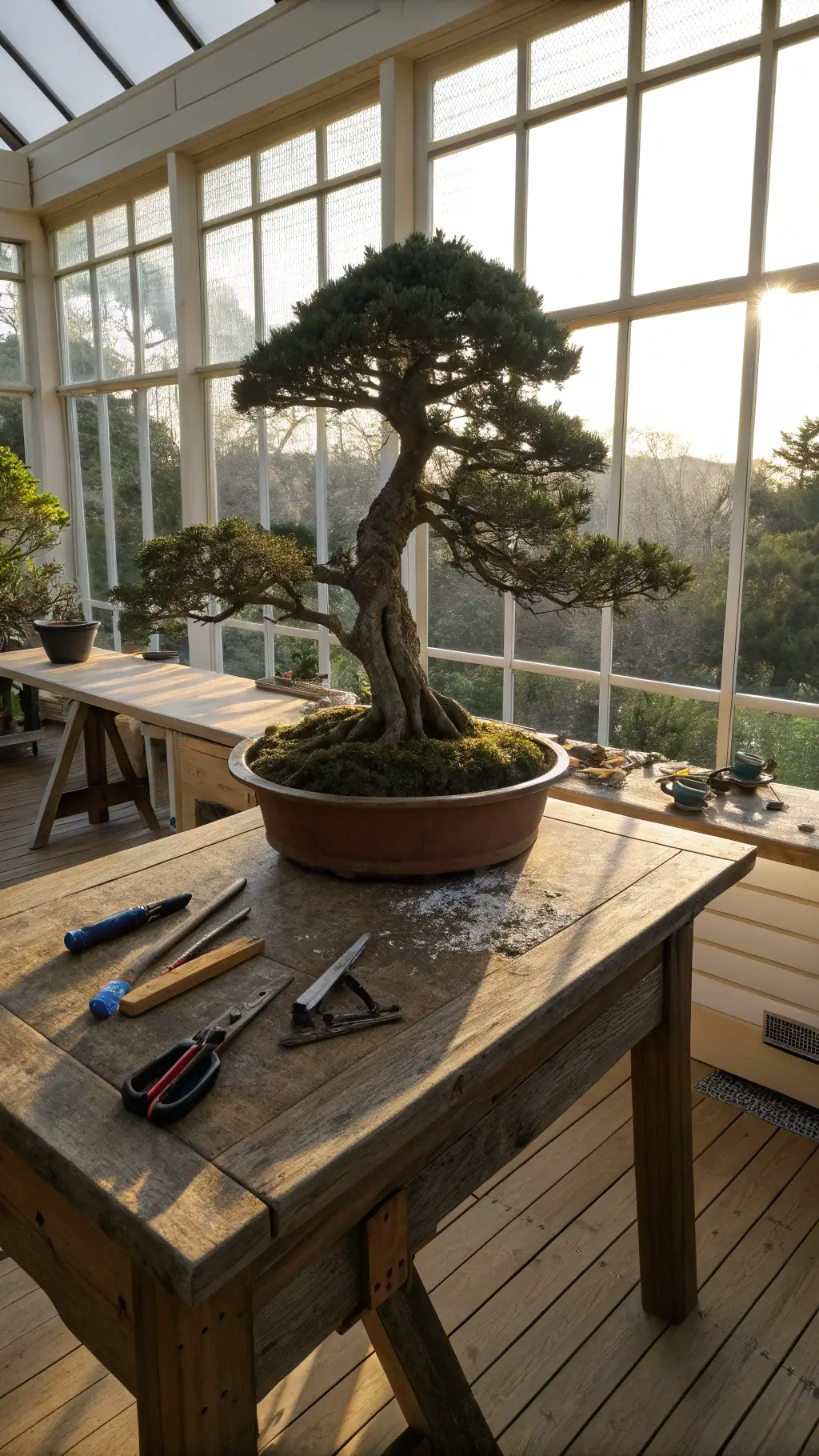
What Exactly is Jin?
Jin is more than just a deadwood technique – it’s storytelling through tree sculpture.
Key Characteristics:
- A method of creating artificially aged branches
- Simulates natural environmental stress
- Adds incredible character to bonsai trees
- Represents the tree’s survival against tough conditions
Why Bonsai Artists Love Jin
Imagine a miniature tree that looks like it’s survived brutal mountain winds, lightning strikes, and decades of struggle. That’s exactly what jin accomplishes.
Step-by-Step Jin Creation Process
Selecting Your Branch
Pro Tip: Choose branches that:
- Are non-essential to the tree’s structure
- Have interesting natural grain
- Can be removed without compromising tree health
Preparation and Technique
- Strip Away Foliage
- Remove all smaller branches
- Clean the selected branch completely
- Bark Removal
- Use specialized jin pliers
- Carefully strip bark and cambium layer
- Work slowly to preserve wood integrity
- Shaping the Deadwood
- Crush or split wood strategically
- Follow natural wood grain
- Create realistic weathered textures
Essential Jin Tools
Must-Have Equipment:
- Sharp jin pliers
- Precision carving tools
- Wire brush
- Lime sulfur solution
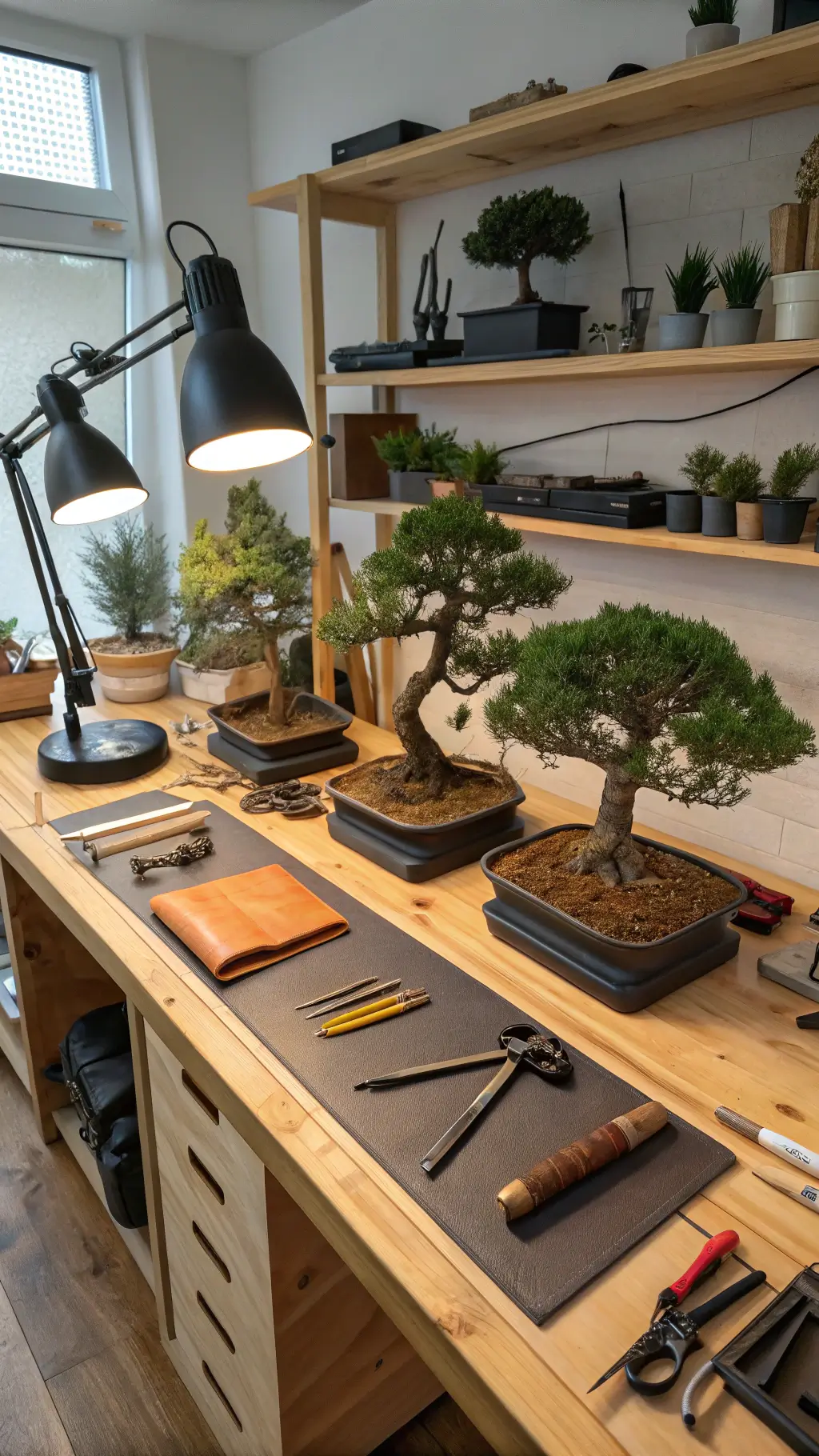
Expert Jin Techniques
Preserving Your Deadwood
Lime Sulfur Application:
- Bleaches wood to create aged appearance
- Protects against decay
- Reapply periodically for maintenance
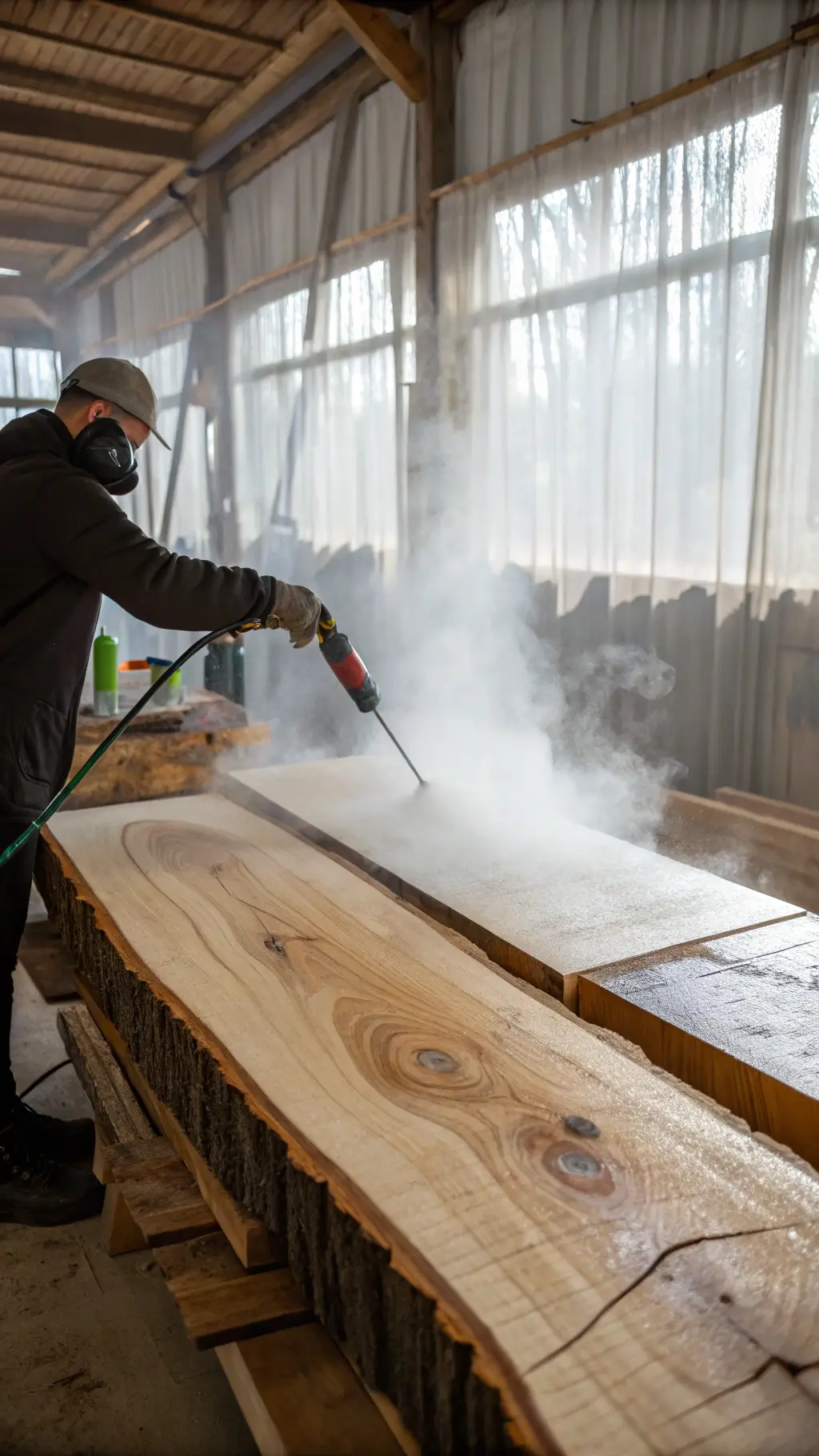
Species Considerations
Best Trees for Jin:
- Conifers
- Evergreens
- Trees with robust wood structures
Common Jin Mistakes to Avoid
❌ Don’t:
- Over-create deadwood features
- Ignore natural wood grain
- Use technique on unsuitable tree species
✅ Do:
- Practice on less valuable trees first
- Study natural weathering patterns
- Be patient with your technique
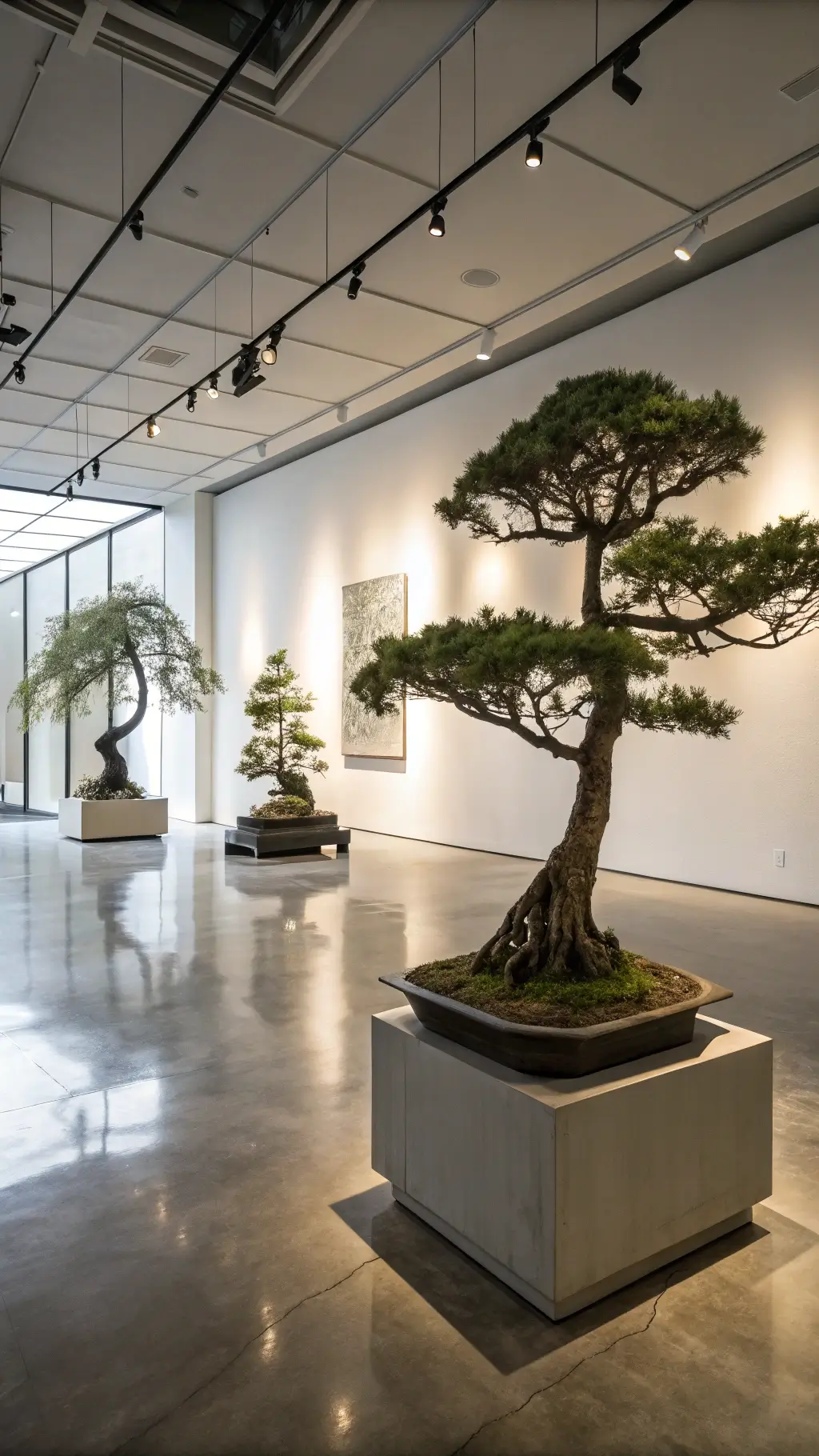
Pro Tips from a Bonsai Enthusiast
After years of working with bonsai, I’ve learned that jin is about subtlety. Less is often more. Your goal is to whisper a story of survival, not scream about artificial manipulation.
The most breathtaking jin looks like it was crafted by wind and time, not human hands.
Final Thoughts
Jin transforms a simple bonsai from a pretty plant into a miniature landscape with deep emotional resonance. It’s not just technique – it’s art.
Remember: Every jin tells a story. Make yours worth telling.
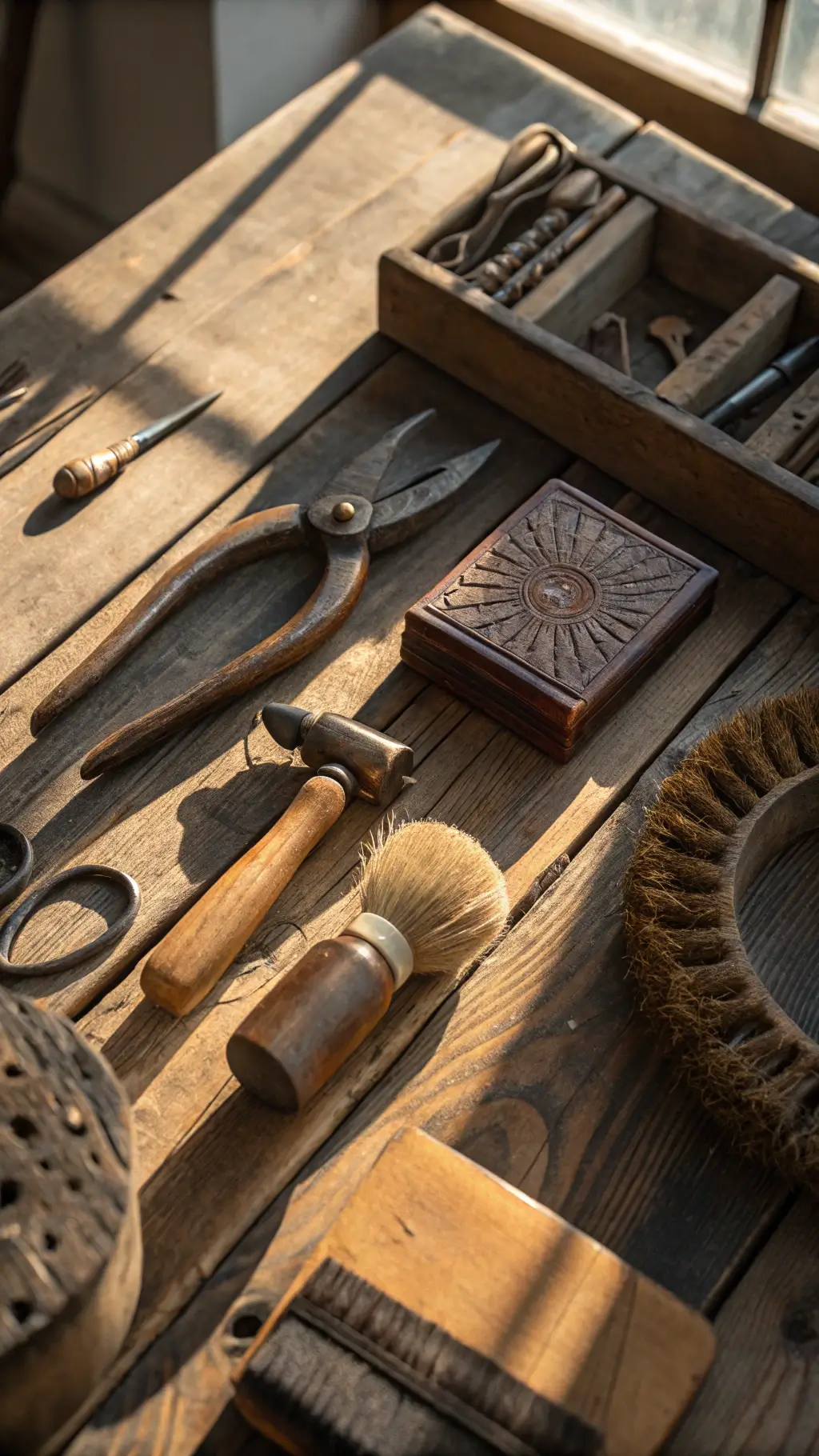
Quick Reference Guide
- Technique: Deadwood branch creation
- Best For: Conifers and evergreens
- Tools Needed: Jin pliers, carving tools, lime sulfur
- Difficulty: Intermediate
- Goal: Create natural, aged appearance
Have fun exploring this incredible bonsai technique!
